
Stunning New Images Show How Bronze Age Scot ‘Really’ Looked
A Brazilian 3D designer has opened a window onto Britain's ancient past with these stunning recreations of a Bronze Age woman whose remains were found in Scotland. The work of…

A Brazilian 3D designer has opened a window onto Britain's ancient past with these stunning recreations of a Bronze Age woman whose remains were found in Scotland. The work of…
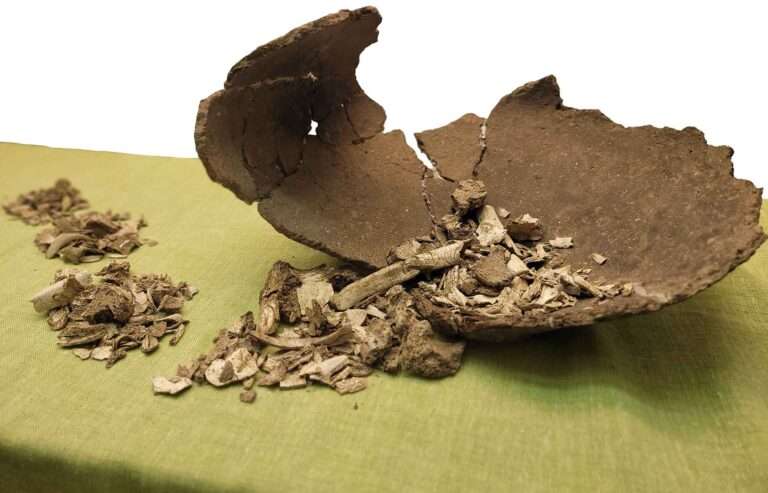
Astonished scientists investigating Bronze Age burial urns have discovered that ancients were cremated with animals and their jewellery. CT scans carried out by Austrian experts have revealed that ashes found…
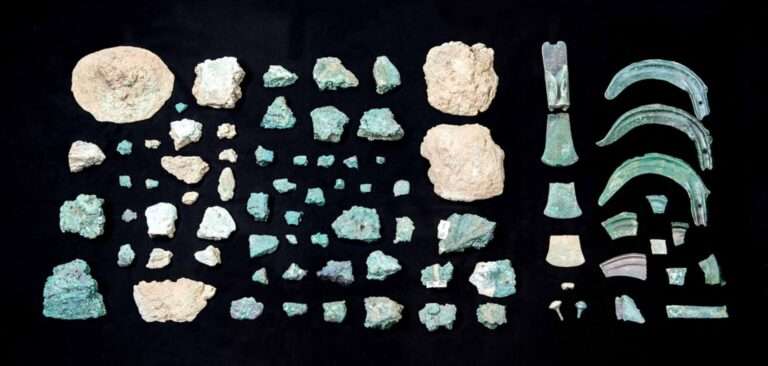
A massive haul of Bronze Age treasures has been unearthed by astonished experts who had been looking for remains at a Roman battle site. Archaeologists had been scouring the site…
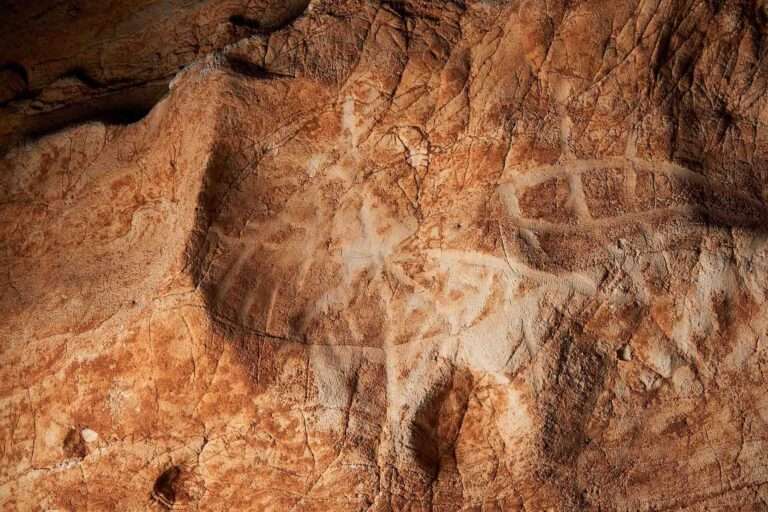
Hundreds of cave drawings dating back to the Bronze Age have been found in a cave in north-eastern Spain. Newsflash obtained a statement and images from the Catalan Institute of Human…
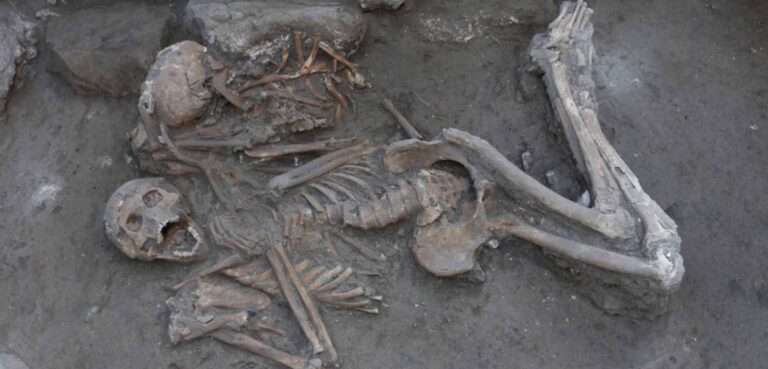
Rare brain operations carried out 3,500 years ago on two elite – and perhaps even royal – brothers by Bronze Age surgeons have been revealed by archaeologists. The skulls of…

Ancient Greeks kept their estates and farmlands together by arranging for first cousins to marry each other, a new study has revealed. Scientists from the Max Planck Institute for Evolutionary…
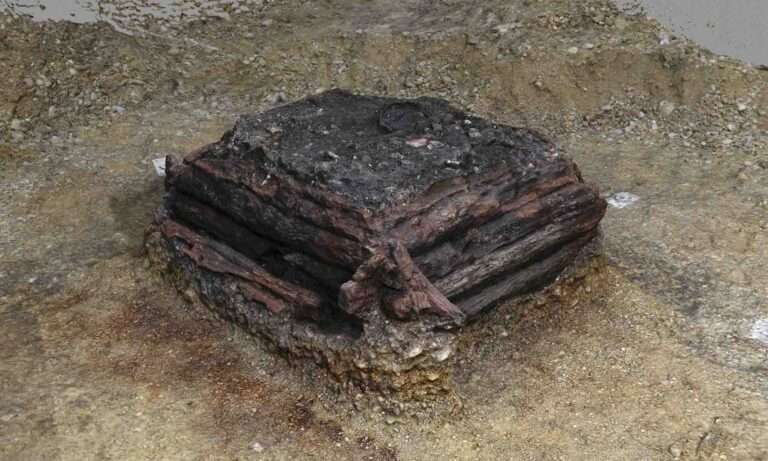
Archaeologists have discovered a Bronze Age ritual wishing well filled with over 100 well-preserved artefacts in Bavaria. The Bavarian State Office for Monument Protection in Germany, in a statement obtained…
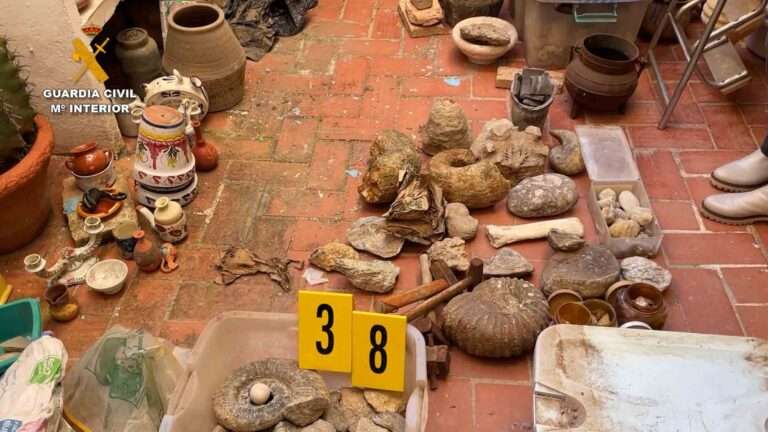
A private collection of nearly 200 ancient human bones and more than 350 archaeological treasures have been seized by police from homes in Spain. Civil Guard officers recovered an astonishing…
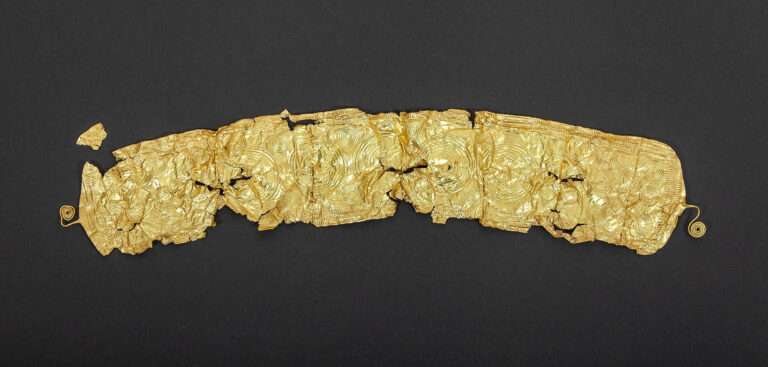
A farmer harvesting beetroots was stunned when he unearthed a rare, incredibly well-preserved golden belt dating back to the Bronze Age. The thin, 20-inch-long piece of metal was found crumpled…
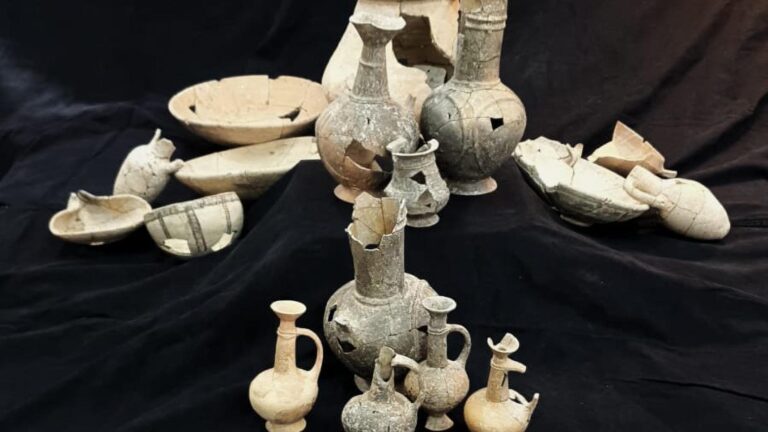
Ceramic vessels discovered in ancient tombs in Israel have revealed the world's earliest evidence of opium use dating back more than 2,300 years. The images show the opium paraphernalia from…